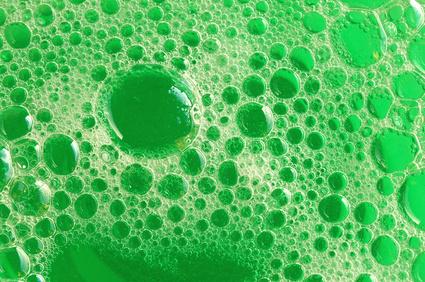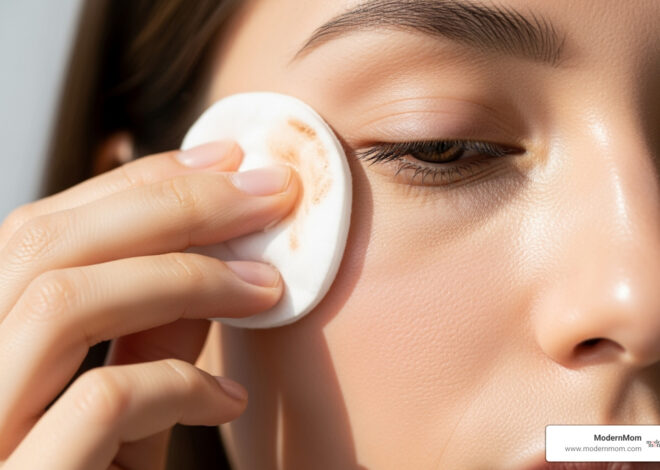Dandruff can be a real problem, especially when you can’t seem to get it under control. A rain of white flakes cascading from your scalp to the collar of your favorite blouse is a cause of alarm on the social front, but Mayo Clinic doctors say that dandruff is not medically threatening. With a bit of persistence, experimentation and lifestyle changes, you can get dandruff well under control.
What Causes Dandruff
Dandruff is simply dead skin that’s shed from your scalp, explains the American Osteopathic College of Dermatology. More severe dandruff is aggravated by the overgrowth of malassezia, a yeast-like fungus normally present on your scalp. If you have dandruff, your skin won’t be inflamed, nor will you have sores or scabs, but your scalp might itch. Dandruff typically gets worse in the colder months and better in the warmer ones. A dry scalp isn’t necessarily the same thing as dandruff, says the AOCD, in that dandruff generally resolves with more frequent shampooings. People with dry scalps are generally dry all over their bodies.
Starting Simple
If you have dandruff, your first thought may be that it’s the dryness of your scalp that causes it. Not so, say Mayo Clinic experts. Mild cases of dandruff can be resolved simply by reaching for the shampoo bottle more frequently, perhaps even daily. If more washings don’t get rid of persistent flakes, take it to the next level of do-it-yourself treatment with a medicated dandruff-fighting shampoo.
More Assertive Dandruff Control
Over-the-counter dandruff shampoos can contain a host of active ingredients that make them effective, such as salicylic acid, zinc pyrithione, tar, ketoconazole or selenium sulfide. The AOCG recommends starting with a shampoo that contains selenium sulfide or zinc pyrithione; for really bad dandruff, try a shampoo that contains tar. The AOCD and Mayo Clinic both advise choosing more than one dandruff shampoo with different active ingredients. Alternate using them until white flakes are banished, then drop down to a maintenance program in which you use them two or three times a week.
It’s All in the Wash
Using your dandruff-fighting shampoo the right way makes these products work better. When washing your hair, rub the shampoo down to the scalp and let it sit there for five minutes before rinsing well, suggests the Mayo Clinic. If you’re using a selenium sulfide-based dandruff shampoo, make sure you rinse all the product from your hair, as it can cause discoloration in blond, gray or dyed hair. Some shampoos, such as those that contain salicylic acid, do a great job but leave your scalp very dry, leading to more flakiness. The Mayo Clinic suggests using a conditioner after you wash your hair.
See Your Doctor
When dandruff is accompanied by more than just a shower of white flakes, you may need to see your doctor. A condition called seborrheic dermatitis is markedly similar to dandruff and causes many of the same symptoms, says the AOCD, but you’ll also notice redness on your scalp. Often, you’ll see greasy flakes and scales on your face, nose and ears, as well as in your eyebrows. The AOCD states that seborrheic dermatitis can be addressed using prescription medicated shampoos, cortisone lotions and other medical treatments.
Photo Credit
- suds image by saied shahinkiya from Fotolia.com





